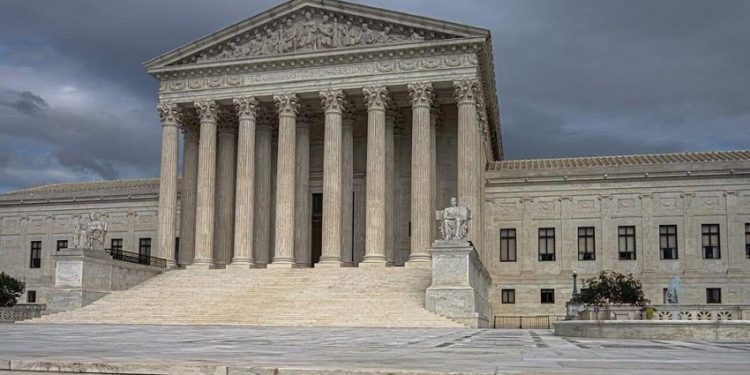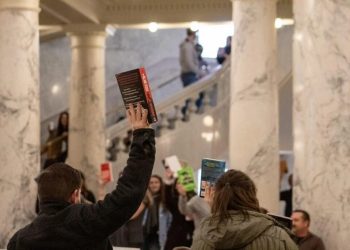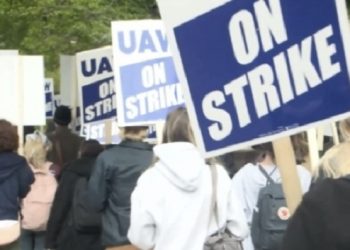Astoria, OR – The U.S. Supreme Court intervened Tuesday to block an order that would have required the reinstatement of thousands of federal employees who were let go during a sweeping downsizing effort under the Trump administration. The ruling came in response to an emergency appeal filed by the administration after a lower court had mandated that 16,000 probationary workers at six federal agencies be rehired while a lawsuit played out.
At issue was the legality of the firings, which critics argued violated federal law. U.S. District Judge William Alsup in California had earlier ruled that the terminations, which affected employees at the Departments of Veterans Affairs, Agriculture, Defense, Energy, Interior, and Treasury, did not follow proper legal procedures. Alsup’s ruling had directed the agencies to reinstate the fired employees, citing concerns that the firings were done without proper legal protections for the workers.
However, the Supreme Court’s decision temporarily blocked this order, citing a legal dispute over whether certain nonprofit organizations and labor unions had the standing to sue on behalf of the fired workers. Justices Sonia Sotomayor and Ketanji Brown Jackson dissented, expressing their belief that the lower court’s order should have remained in place.
This ruling marks the third time in less than a week that the Supreme Court has sided with the Trump administration in its ongoing legal battles. The Court had previously paused other lower court rulings that sought to slow President Donald Trump’s agenda, including an order restoring teacher training grants and one that froze deportations under an 18th-century wartime law.
Despite the temporary victory for the administration, the impact of Tuesday’s decision is somewhat limited. Many of the affected employees remain on paid administrative leave due to a separate lawsuit filed in Maryland. This lawsuit, which targets the same six federal agencies and others, involves a narrower set of legal claims that apply only to the 19 states and the District of Columbia that are part of the lawsuit.
The Trump administration has long defended the firings, arguing that they were necessary to reduce the size of the federal workforce and improve efficiency. Solicitor General D. John Sauer told the Supreme Court that the agencies themselves had directed the terminations and stood by those decisions.
However, critics argue that the mass firings were a deliberate effort to weaken federal agencies and hinder the delivery of crucial public services. A coalition of labor unions and nonprofit organizations involved in the lawsuit expressed disappointment with the Supreme Court’s decision, calling the firings unlawful and an attempt to cripple federal programs that serve millions of Americans.
“There is no doubt that thousands of public service employees were unlawfully fired in an effort to cripple federal agencies and their crucial programs,” the coalition said in a statement. “The battle is far from over.”
The lawsuits claim that at least 24,000 probationary employees have been terminated since Trump took office, though the government has not confirmed that number. U.S. District Judge Alsup had expressed frustration over the government’s handling of the firings, particularly the way in which employees were told they were being let go for poor performance despite receiving positive evaluations just months earlier.
As legal battles continue to unfold, the fate of thousands of federal workers remains uncertain, with both sides preparing for further court action in the coming months.













